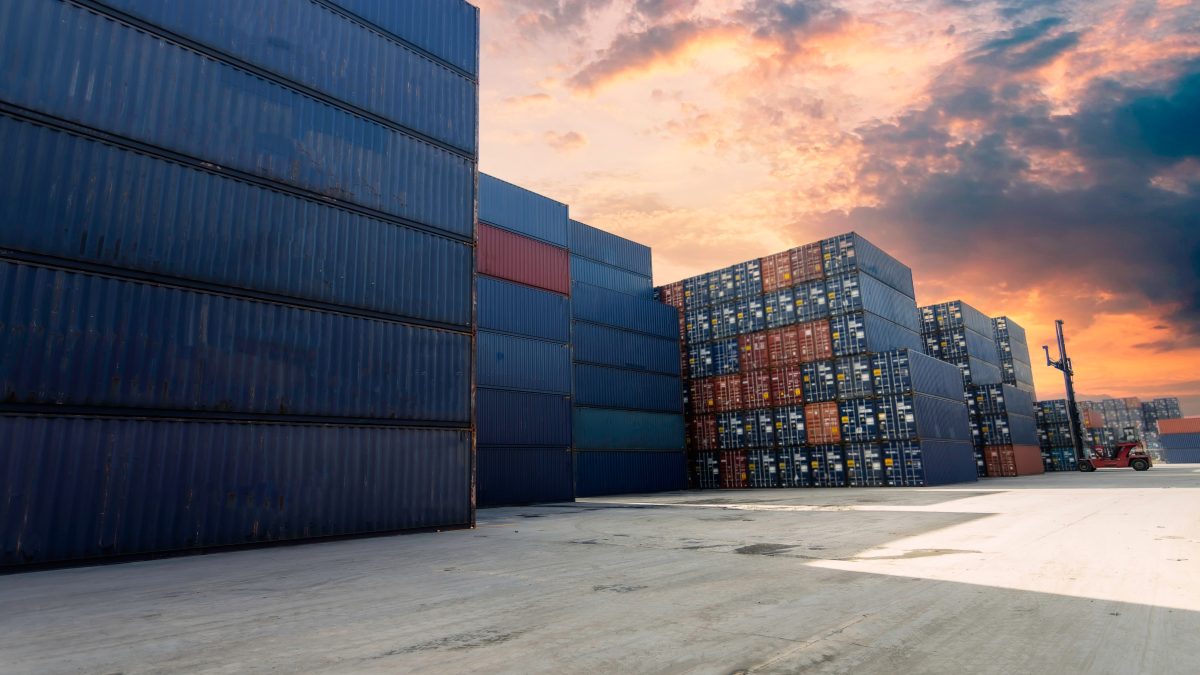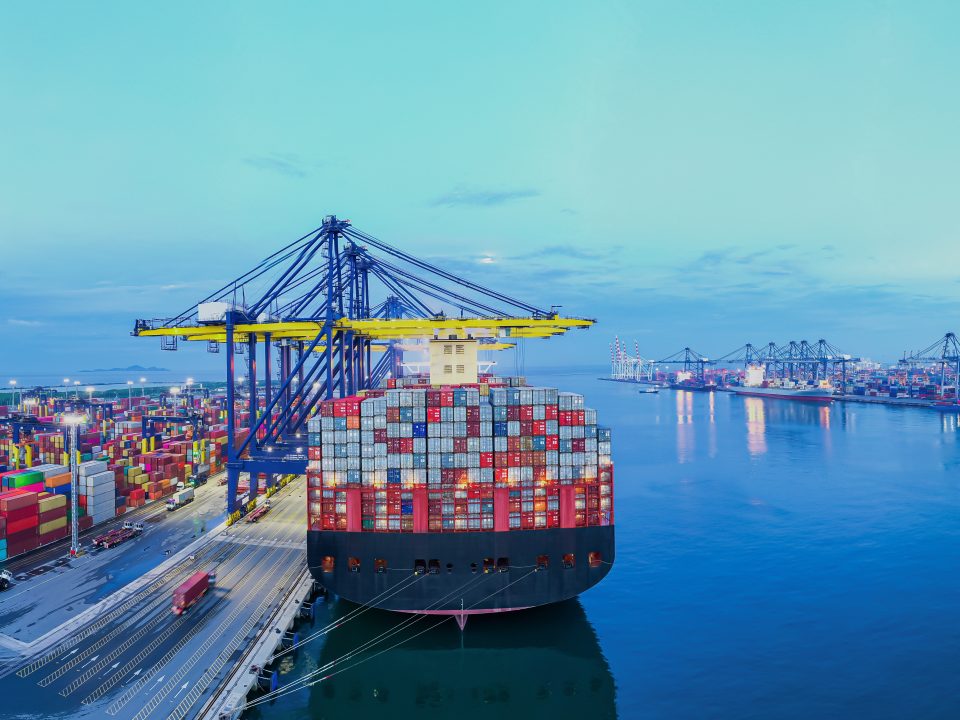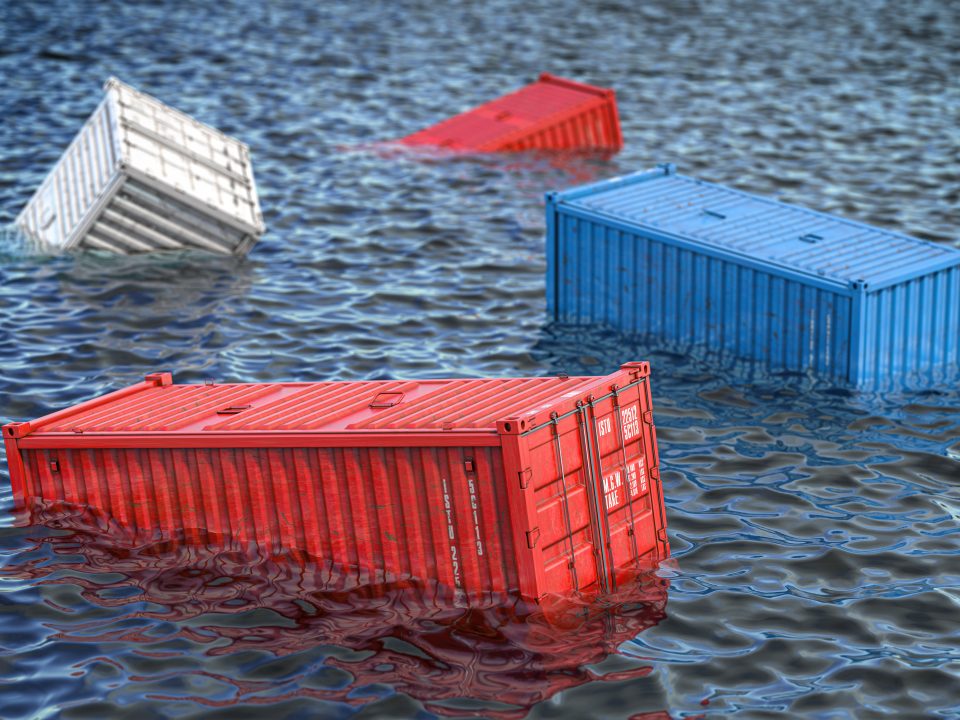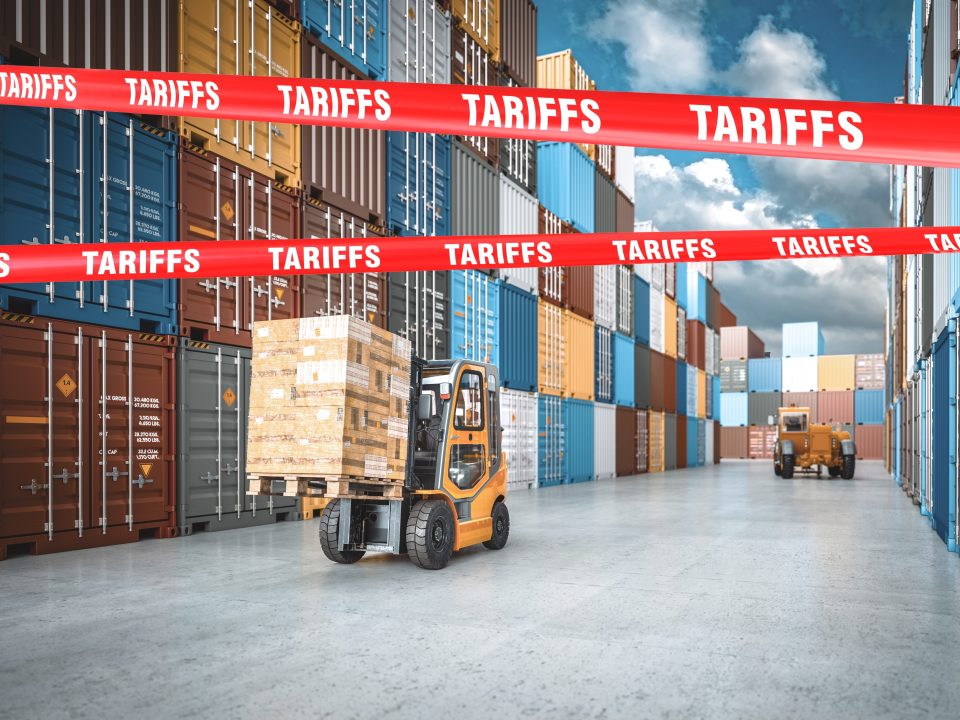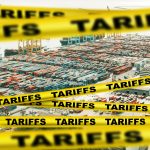
China’s Heightened Tariffs Suspended for 90 Days
August 13, 2025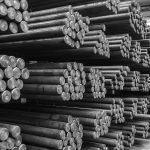
New Guidance on Section 232 for Steel/Iron and Aluminum Derivative Products
August 18, 2025Is Customs Bond Saturation Putting Your Shipments at Risk?
Since the start of 2025, the nationwide number of Customs Bond insufficiencies issued by CBP has increased by nearly 526%. Recent tariff increases—and additional increases that may take effect soon—are expected to push this number even higher.
To help you avoid costly delays caused by bond saturation, here’s what you need to know:
- Higher duty rates mean faster saturation. With the current tariff environment, your bond limit can be reached sooner, requiring an increase in your bond amount earlier than expected.
- Import volume matters. The amount you plan to import during the rest of your bond period will determine whether your current bond amount is sufficient.
- Western Overseas bond monitoring. If your continuous bond is held with Western Overseas, our team will alert you at 70% saturation and again at 85% so you have time to act.
- No clearance without an active bond. Once your bond is saturated, you must secure a new bond before we can clear future shipments.
- Plan your new bond amount wisely. Consider your products’ countries of origin, applicable duty rates, and projected import volume to determine an adequate bond increase.
- Large bonds may require collateral. Any bond over $300,000 will require financial statements for the surety company’s review, and collateral may be necessary.
Proactive monitoring and timely adjustments are the key to avoiding clearance disruptions and shipment delays.
Don’t wait for a CBP notice advising you that your bond is saturated—by then, the clock is already ticking. Proactive planning avoids shipment holds and last-minute bond scrambling with financials. With sureties overwhelmed and processing times taking longer, waiting until you receive a CBP notice can jeopardize your supply chain. Take action early to prevent shipment interruptions.
Contact your Western Overseas representative with any questions or concerns.


